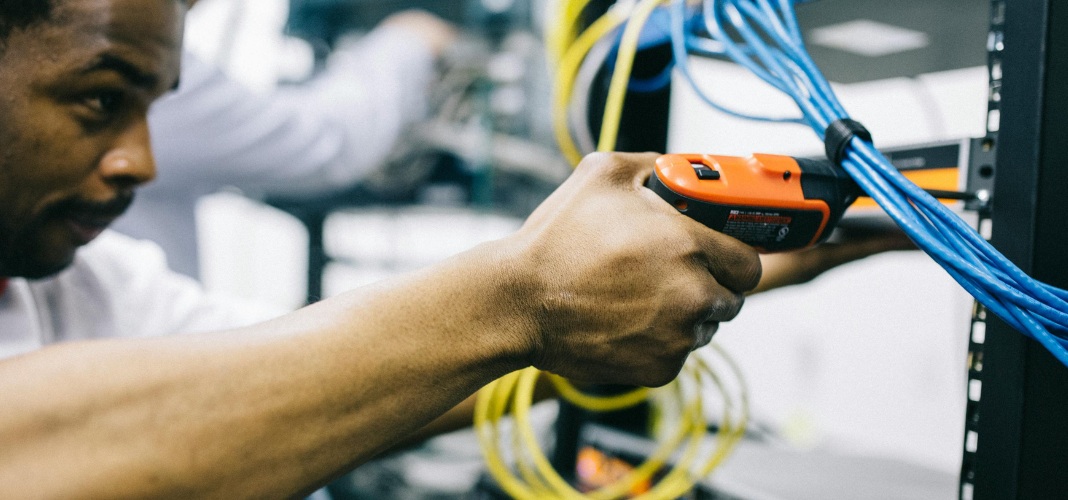As we venture in the third month of 2025, businesses and organizations face increasingly sophisticated threats both online and in the physical world. Cybersecurity and physical security are no longer standalone concerns; they must be integrated to create a comprehensive security strategy.
What can firms do to secure their online and offline presence?
Also Read: Cyber Hygiene and Why Every Business Should Prioritize It
Explore the necessity of prioritizing cybersecurity and physical security and some strategies to follow.
The line between digital and physical risks continues to blur, making it essential for companies to balance both elements effectively.
Importance of Integrating Cybersecurity and Physical Security
In recent years, the rise of connected devices, smart technologies, and IoT systems has dramatically increased the number of entry points for cybercriminals. Concurrently, physical security measures have become increasingly reliant on technology, from access control systems to surveillance cameras.
A breach in one area can often lead to vulnerabilities in the other, making it critical to align cybersecurity and physical security strategies.
For example, a breach in physical security, such as an unauthorized person gaining access to a server room, can lead to direct data theft or sabotage.
Conversely, a cyberattack, such as a ransomware infection, could render physical security systems ineffective, allowing for breaches in the physical realm. This interconnectedness means that organizations must think holistically about both digital and physical threats.
Best Practices for Taking a Balance Approach
A balanced approach must be taken by firms who wish to secure themselves on both fronts. Here are some practices they can incorporate.
Unify Security Policies
Creating unified security policies that cover both physical and digital access is crucial. For instance, setting up multi-factor authentication (MFA) for digital systems and combining it with physical access control measures, such as biometric scanners or keycards, can provide a more robust defense.
Train Employees
Employees should be trained not only on cybersecurity best practices but also on physical security protocols. Awareness about potential risks—such as tailgating (where unauthorized individuals follow authorized personnel into secure areas)—helps ensure that physical security measures are not easily bypassed.
Utilize Surveillance and Monitoring Systems
Using integrated surveillance systems that combine digital cameras with network monitoring tools can help organizations monitor both the physical and digital environment in real-time. This synergy allows for quicker responses to incidents and a more effective security posture.
Conduct Regular Audits
Regular audits of both cybersecurity and physical security protocols are essential to identify vulnerabilities. It’s important to assess both digital infrastructures (like firewalls and encryption) and physical systems (such as locks, security cameras, and access points) for potential weaknesses.
Draft Incident Response Plans
A solid incident response plan should include both physical and digital responses. A data breach may require locking down physical access to servers, while a physical security breach might require isolating compromised network systems. Ensuring that these responses are integrated can minimize the impact of any security breach.
Conclusion: Balanced Approach to Cybersecurity and Physical Security
As the threats we face become more complex, the need to balance cybersecurity and physical security becomes more urgent.
By aligning both areas through unified strategies, employee training, and integrated technology, organizations can create a holistic security framework that ensures protection in both the digital and physical realms.


